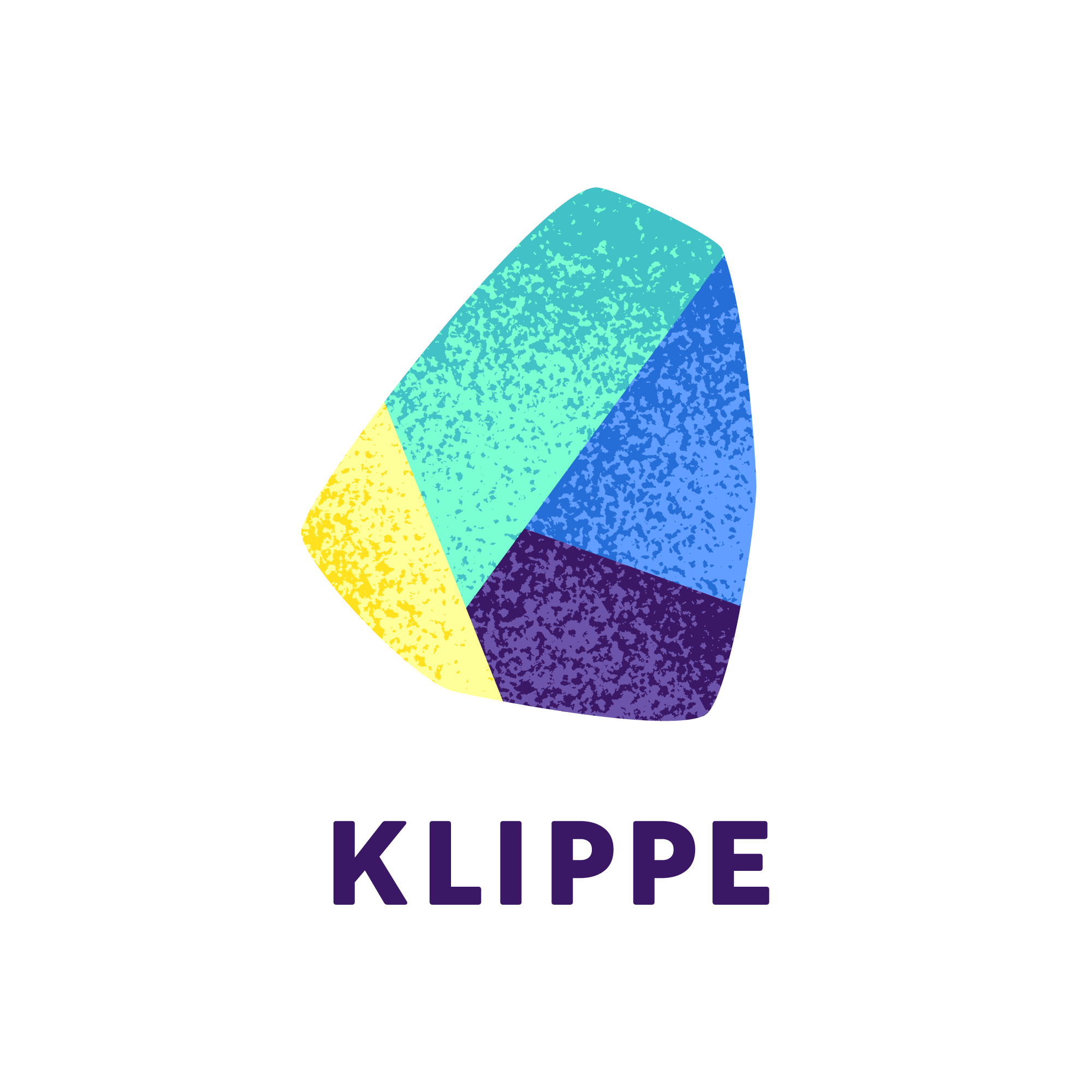When discussing digitalization, examples like Bolt or Wolt often spring to mind, showcasing online services intricately connected to users’ offline experiences. Similarly, blended learning aims for a harmonious blend of face-to-face training and e-learning. In our Journal entry, we delve into the essence of blended learning, exploring its advantages, potential risks, application models, and practical implementation strategies.
Understanding Blended Learning
Blended learning is an educational method that merges face-to-face (e.g., classroom) and online learning techniques. Widely adopted in high schools, colleges, and universities, it offers a structured learning experience characterized by:
- Partial online learning, affording learners some control over aspects like timing, location, sequence, and pace of learning. The e-learning tools employed should empower learners to manage content and learning. What matters most is not the type of technology used, but how learners utilize it and the extent of control they wield. Learners should have the ability to pause, rewind, or fast-forward through online content, as well as choose when, how, and where they engage in learning or assessments.
- In-person learning sessions held outside the home, typically in a classroom setting.
- Defined learning pathways where various learning modes are interconnected to deliver a cohesive learning journey.
Hybrid Learning vs. Blended Learning
Hybrid education, often conflated with blended learning, actually presents a notable distinction. In hybrid learning, an instructor conducts a conventional class where some learners are physically present while others participate virtually, such as remotely from home. Conversely, blended learning intertwines face-to-face instruction with online learning techniques. For instance, learners may attend a lecture in a workplace meeting room and subsequently undertake an online assessment, either on-site or remotely at home, consolidating their learning experience.

Benefits of Blended Learning
Thoughtfully designed blended learning courses can provide numerous benefits for both learners and organizations when compared to traditional face-to-face training.
Benefits for Teachers
Interactive learning, facilitated through activities like clicking on buttons, engaging in dialogue simulations, and participating in playful exercises, proves significantly more engaging and effective for understanding learning theories.
While e-learning methods are effective for delivering material, in blended learning, the inclusion of opportunities for interaction between trainers and learners via email, forums, or chat rooms enhances learner engagement and fosters collaborative learning.
In blended learning, the capability for learners to self-regulate and personalize their learning pathways is crucial. They have the flexibility to access information round the clock, tailoring their learning schedule to fit their individual needs and preferences.
Within a blended learning setup, trainers gain deeper insights into learner progress. Leveraging online learning tools, they can readily identify areas of uncertainty and gaps in understanding, facilitating the selection of methods that align more closely with (individual) learners’ needs and interests.
Benefits for Organisations
Blended learning offers significant cost savings for organizations compared to traditional face-to-face training. Expenses such as travel costs, classroom rentals, and printing of course materials are substantially reduced with digital learning methods.
Organizations understand that mandating learning rarely yields optimal results. It’s crucial to pique workers’ interest to ensure effective learning outcomes. Blended learning achieves this by fostering greater learner engagement through diverse opportunities and leveraging digital tools.
Tracking a student’s progress can be challenging in face-to-face teaching. Questions like how long it took to complete a test, how often different parts of the syllabus were revisited, or identifying areas of struggle can be elusive. However, with blended learning, the robust reporting features of an e-learning system offer valuable insights, making learning more effective. Additionally, learners’ progress indicates their proficiency in specific subjects, signalling readiness to advance or the need for further review.

How to Create an Effective Online Learning Environment?
In our colleague Lívia Hosszú’s Journal entry, you’ll read on the feasibility of establishing an effective online learning environment and practical guidance on how to achieve it.
Read More!Dangers of Blended Learning
New Skill Needs for Trainers
Adapting to blended learning demands trainers to acquire specific digital competencies. They must familiarize themselves with features of e-learning systems and curriculum development software, which may pose challenges for some. Moreover, inexperienced educators in e-learning might inadvertently overwhelm learners by assigning excessive digital learning material, assuming there are no time constraints.
Plagiarism
The more e-learning content you create, the greater the risk of plagiarism. Trainers may inadvertently engage in this by, for instance, incorporating copyrighted images that effectively illustrate their points. If overlooked, such actions could potentially land the organization in legal trouble.
Possible Overspending
Blended learning entails expenses for both software and face-to-face teaching. Therefore, careful consideration is vital in selecting methods and tools that are not only effective but also well-suited for the target audience to optimize cost-effectiveness.
Blended Learning Models
Blended learning is like a double-edged sword – super flexible but also quite tricky to master. Even seasoned educators can find themselves scratching their heads with the array of strategies and tools to juggle. But fear not! There’s a solution: enter blended learning models. These are designed to tackle the chaos and help educators craft top-notch courses with ease.
Rotational Models
These models divide learners into smaller groups, each tackling different tasks at different times. They switch between online and face-to-face activities based on a set schedule.
Other Models

Maximizing Knowledge Management in Your Organization
Knowledge management is like the wizard behind the curtain in an organization, conjuring up a symphony of creating, organizing, using, and sharing collective wisdom. But how does it actually work? How can applying it level up an organization’s game? And what tools are the secret sauce? Let’s dive in!
Read MoreHow to Introduce Blended Learning?

Identify Blended Learning Objectives!
Pin down the results you’re gunning for with blended learning. Think about empowering learners to own their education, fostering a sense of involvement and autonomy. Consider opening doors for staff collaboration or making learning a more budget-friendly endeavour.

Choose Your Model!
Select the perfect blended learning model or models that align with your objectives. Consider the tools and classroom setups each model demands to ensure a seamless fit.

Equip Yourself with the Right Digital Arsenal!
For the online leg of your blended training, arm yourself with curriculum development software and an e-learning system. These tools will not only deliver content but also keep tabs on learners’ progress every step of the way.

Make Your Ideal Learning Space!
Consider your options and requirements for classrooms or other venues to fit the model you’ve selected for your personalized training.
Need Any Help?
Embarking on the blended learning or e-learning journey for your organization, but feeling a bit lost? Reach out to us, and we’ll guide you to the perfect solution! If resources are tight, don’t hesitate to get in touch – with expert assistance, you can trim down the workload and costs significantly!
If you found this information helpful, stay updated with our monthly articles by following us on Facebook or LinkedIn.
Details below will help you contact us via form, phone or e-mail. ⬇️
Who Are We?
We are digital education experts and software developers, following trends and offering innovative solutions in our learning materials and systems. We have been providing digital training, creating complex e-learning materials and implementing systems for X years.
Klippe Learning’s team will create the digital teaching and learning solution you’ve been dreaming of – or we’ll dream it for you if you don’t know exactly what you need. Custom content, creative and motivating methods, a platform tailored to you.
How Can You Reach Us?
To find out more about our bespoke learning materials, e-learning systems, training courses or to request a quote, please contact us:
 contact us via the form on the right!
contact us via the form on the right!
 or call us:
or call us:
 or send an email:
or send an email:



